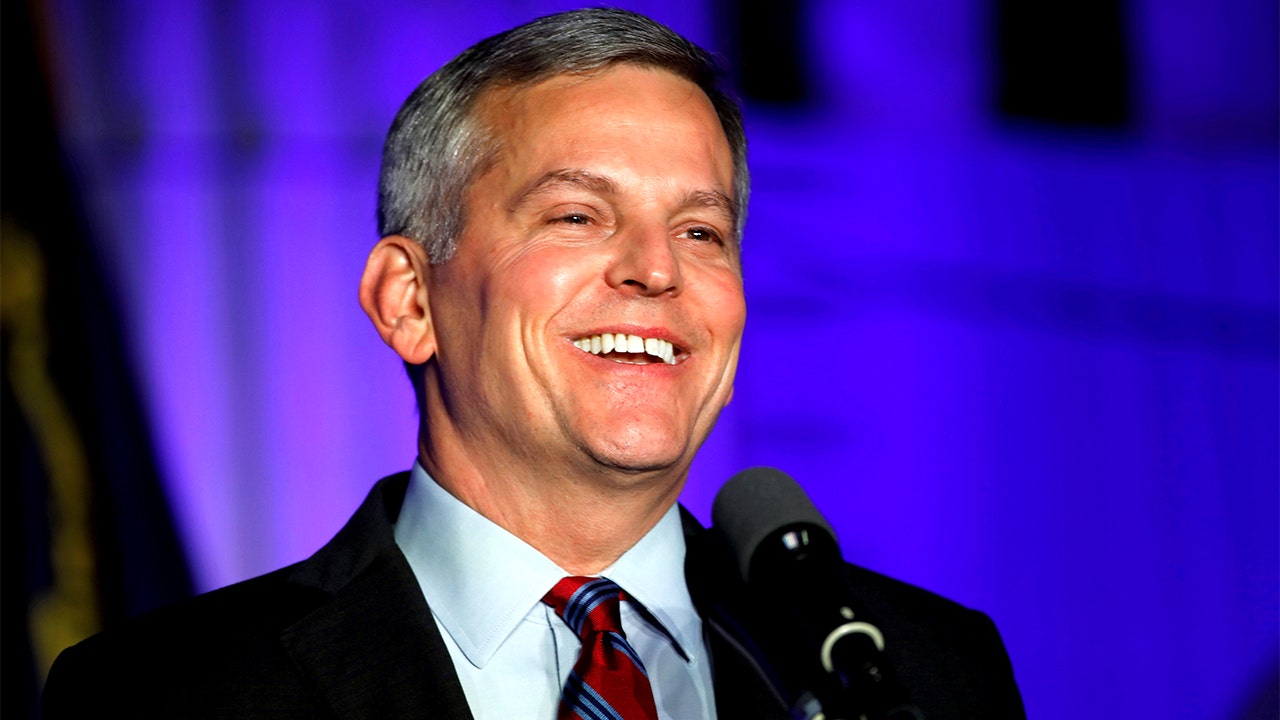Pyongyang has supplied Moscow’s army with long-range rocket and artillery systems, some of which have been moved to Russia’s Kursk region for an assault involving North Korean soldiers to push out Ukrainian forces, a Ukrainian intelligence assessment has found.
In recent weeks, North Korea provided some 50 domestically produced 170mm M1989 self-propelled howitzers and 20 updated 240mm multiple launch rocket systems that can fire standard rockets and guided ones, said the assessment, which was shared with the Financial Times.
The new weapons deliveries from North Korea mark the latest expansion of the authoritarian state’s support for Russia’s ongoing invasion of Ukraine.
Michael Kofman, senior fellow at the Carnegie Endowment for International Peace, said they follow a pattern of deepening North Korean involvement, “from sending large volumes of ammunition, weapons, and becoming a direct party to this war, which could help Russian forces retake the Kursk region”.
North Korea has already played a critical role in providing millions of rounds of artillery ammunition for the Russian military in 2023, he noted.
It has deepened its involvement this year by sending more than 12,000 troops, according to multiple western intelligence assessments, further internationalising the conflict.
The deliveries come at a pivotal moment, as the Ukrainian and Russian armies fight for territorial advantage before the presidential inauguration of Donald Trump, who has vowed to force a swift end to the nearly three-year war.
Ukrainian officials provided information about the weapons after a photograph showing North Korean howitzers began circulating on social media this week.
The photograph, which open-source analysts were able to geolocate to central Russia’s Krasnoyarsk region, showed several howitzers covered in camouflage netting and being transported by rail westward.
The heavyweight weapons systems can fire shells upwards of 60km. The M1989 howitzers, produced in 1989, are slightly upgraded versions of the original M1979 models first produced in the late 1970s, which Pyongyang supplied to Tehran during the Iran-Iraq war.
The upgraded rocket system is based on the Soviet-designed BM-27 “Uragan”, or Hurricane system, a self-propelled 220mm multiple rocket launcher designed to deliver cluster munitions. North Korea said in May it had successfully tested the updated system with precision-guided munitions.
A senior Ukrainian official told the FT that Pyongyang now wants to test the weapons in combat. Kyiv expects them to be used against its forces that are currently holding some 600 sq km of territory inside Russia’s Kursk region.
According to Ukrainian and western intelligence officials, Russia has massed a force of 50,000 troops, including 10,000 North Korean soldiers outfitted with Russian uniforms and arms, and are readying for an assault that could take place at any time.
Ukraine’s forces in Kursk have lost nearly half of the 1,100 sq km of territory they captured in a surprise August incursion, according to military analysts. Kyiv is trying to hold the 600 sq km still under its control to use as leverage in any future negotiations with Russia.
But with Russia’s army on the march across much of the 1,000km frontline, North Korean troops bolstering their ranks and Ukrainian forces exhausted and stretched thin, they face a difficult task.
In recent months, Russia has used its advantages in manpower and firepower to seize more than 1,200 sq km in Ukraine, according to Deep State, a Kyiv-based war tracking group closely tied to the defence ministry.
The group said nearly 500 sq km of territory was occupied in October alone. Much of what Ukraine has lost is in the eastern Donetsk region, where its defences around the strategic cities of Pokrovsk and Kurakhove are buckling.
Russia’s gains, though, came at an enormous cost, said UK defence chief Admiral Sir Tony Radakin. He estimated that Moscow’s forces suffered about 1,500 dead and injured “every single day” in October, its worst month of casualties since its invasion in February 2022. Radakin put Moscow’s overall casualties at around 700,000.
Ukrainian officials told the FT on November 4 that their forces had fired at North Korean soldiers for the first time in Kursk. But the North Koreans, the first foreign military forces to enter the war, have not yet been part of larger ground assaults.
Ukrainian officials believe the North Korean troops, who include some of their country’s top special forces units, will play two roles in the looming Russian operation: some will fight among its infantry forces, while others will be used to hold and control territory retaken in the operation.
“North Korean troops can tactically benefit Russian forces in Kursk, although much depends on the numbers and how they are used,” Kofman said.
By using them in Kursk, he said, Moscow can free its forces “to continue offensive operations elsewhere in Ukraine’s east”.
North Korea previously supplied Russia with ballistic missiles and artillery shells. In exchange, Moscow has provided Pyongyang with military technologies to help with its missile programmes, as well as “money”, a senior Ukrainian official said.
South Korea, the EU and the US, which have condemned the deployment of North Korean forces, have expressed concern that Moscow could reward Pyongyang with nuclear and ballistic technology.
























/cdn.vox-cdn.com/uploads/chorus_asset/file/25822586/STK169_ZUCKERBERG_MAGA_STKS491_CVIRGINIA_A.jpg)

